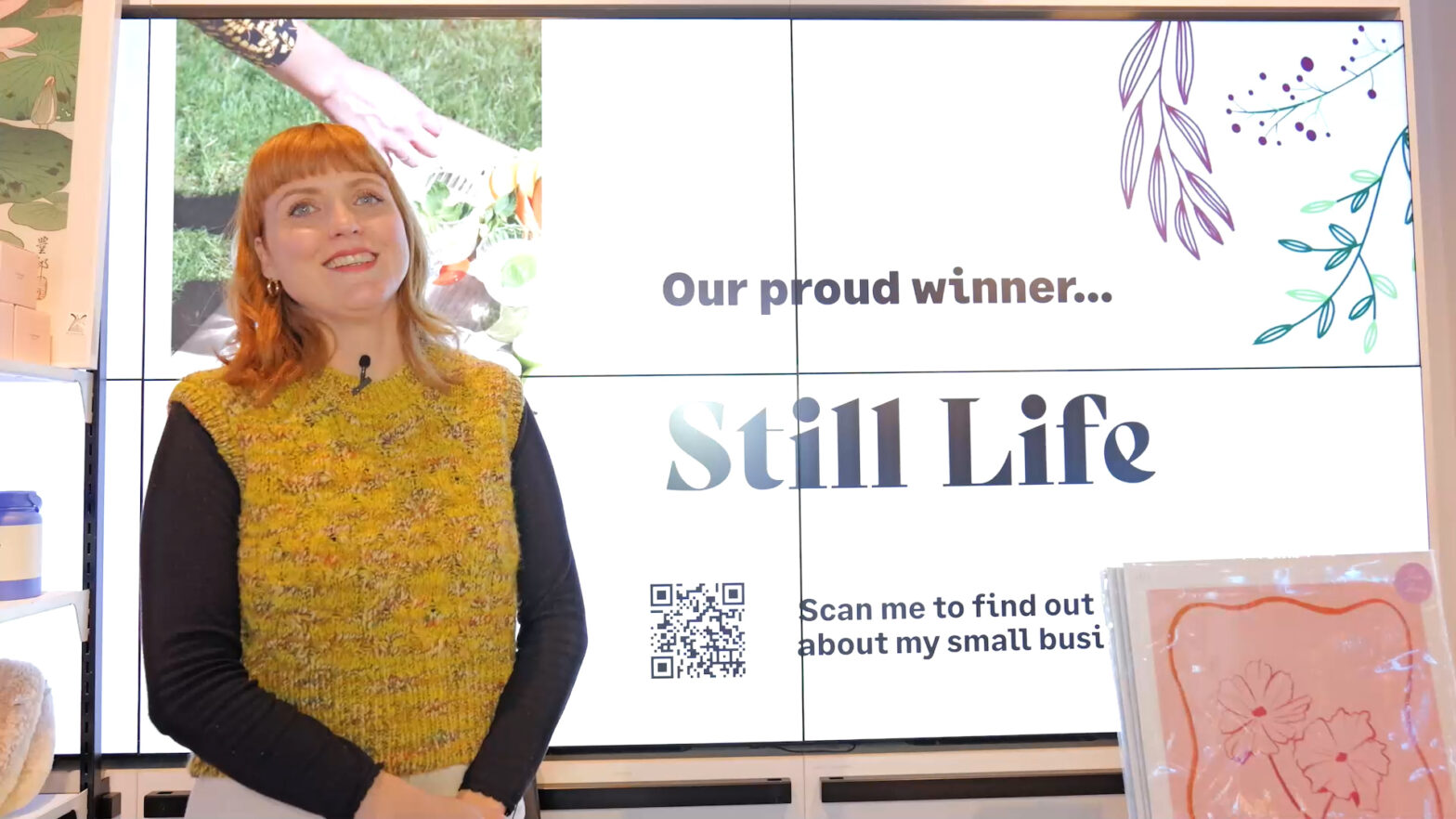If you live in Baltimore, Maryland, you may or may not be aware of a unique cultural action known as “catching a hack”. Hack cabs have a decades-long history, which is gaining recognition in the day of Uber and Lyft. But unlike these major corporations and their successful apps, hacking is entirely decentralised, unregulated, and (frankly) illegal. Yet, it meets and important need in concentrated city areas much like the one’s Baltimore is famous for.
A hack cab is just a regular car driven around by a regular person, who happens to be willing to give a ride for pay if someone signals him or her. The signal is a simple hand gesture that you learn to recognise on Baltimore streets if you know what to look for. Much like hailing a cab with an elevated hand or hitching a ride with stranger with your thumb pointed to the street, hacking is really a combination of both. It’s hitching a ride for pay. And people do it everyday.
It’s especially useful in food deserts where car ownership is rare. It is more efficient than a bus or subway system, and it gets you exactly where you need to go, not just to a stop nearby. The price is negotiable and varies from driver to driver. However, there are downsides to the unofficial industry, ones which are corrected by modern car sharing services.
Uber, Lyft, and ZipCar are improvements in some ways, because they are regulated and taxed. Each driver is held responsible for their actions by a higher authority. Each rider is accounted for and watched over from their own mobile device. Rates are set in stone prior to setting off with a new driver, and a review can be left after a driver’s good or bad service.
In places like Baltimore, some hack drivers have switched over the Lyft. In many cases the riders and routes are the same, but the stakes and income potential are not. Hack cabbing was never an incredibly profitable job, and though few if any try to make hacking a full time job, ride sharing companies can be.
These technological changes are making it possible for ride sharing drivers to make a reliable income. And a driver’s interests are taken into account by the terms of the corporate structure. Car sharing insurance plans are standard and safe, and the drivers always know where they stand. It’s better for riders too, who don’t have to worry about unsafe vehicles, potentially dangerous independent drivers, and numerous other uncertainties.
The widespread applications of these technologies which also add a tremendous amount of competition to the ride-sharing space. It’s just another example of technology adding efficiency and convenience to an existing industry.
Still, there wouldn’t be an Uber or Lyft without decades-old services like hacking. Hacking emerged as a necessary phenomenon for people who couldn’t afford cars or standard cab fares.
The practice hasn’t disappeared simply because car sharing services are on the rise. Though unregulated and (some say) unsafe, hacking is still the fastest and most affordable way to get a ride in a place like Baltimore. As long as its services are necessary, it will continue to thrive.





